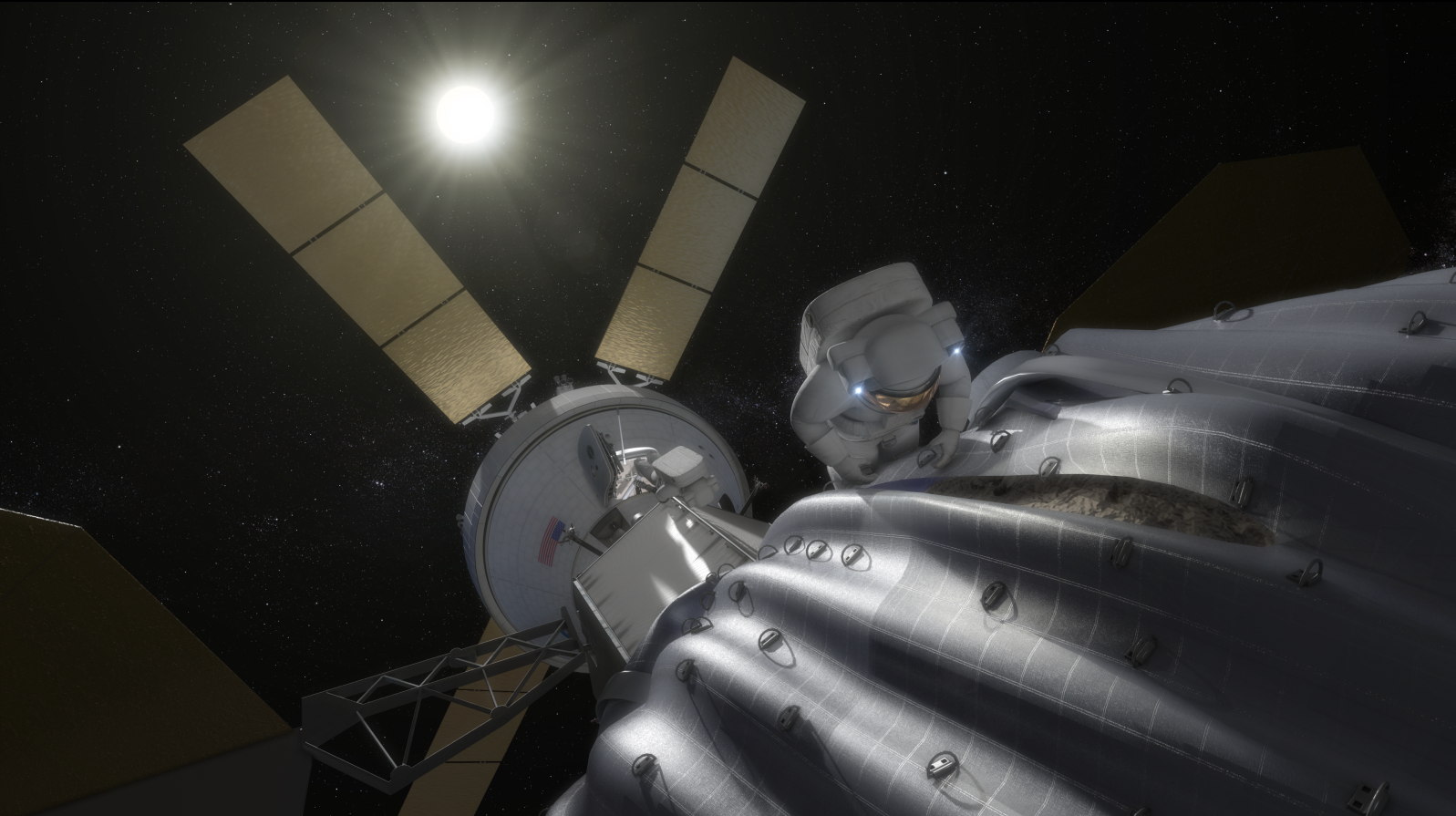NASA Picks Top 96 Ideas for Asteroid-Capture Mission

As NASA continues to plan out its ambitious mission to snag an asteroid and park it near the moon, the space agency will consider nearly 100 ideas submitted by potential partners.
NASA has selected the top 96 proposals of more than 400 submitted by outside groups in response to a June request for information (RFI) designed to aid its asteroid-capture mission and improve humanity's ability to protect Earth from dangerous space rocks, officials announced today (Sept. 4).
"This rich set of innovative ideas gathered from all over the world provides us with a great deal of information to factor into our plans moving forward," NASA associate administrator Robert Lightfoot said in a statement. "We're making great progress on formulating this mission, and we look forward to discussing further the responses we received to the RFI." [NASA's Asteroid-Capture Mission in Pictures]
The chosen proposals are broad and varied, addressing how to slow down an asteroid's rotation rate, nudge it off a potential collision course with Earth and grab samples for scientists to study here on our planet, among other topics, officials said.
NASA will examine the 96 concepts further during a public workshop from Sept. 30 through Oct. 2, enlisting the help of experts from within and outside the space agency.
NASA announced the asteroid-retrieval mission in April. The agency plans to drag a roughly 25-foot-wide (7.6 meters), 500-ton space rock to a stable orbit near the moon with a robotic probe. Once there, the near-Earth asteroid could be visited by astronauts using NASA's Orion capsule and huge Space Launch System rocket (SLS), both of which are in development.
The mission represents one way to meet a major goal laid out by President Barack Obama, who in 2010 directed NASA to send humans to an asteroid by 2025, then get them to the vicinity of Mars by the mid-2030s. (Orion and SLS are slated to fly crews together for the first time in 2021.)
Breaking space news, the latest updates on rocket launches, skywatching events and more!
Grabbing a space rock would also help develop asteroid-mining technology, yield insights about the solar system's early days and give humanity crucial experience working in deep space, advocates say.
The plan has its detractors, however, notably people who would prefer that NASA use the moon as a stepping stone to Mars. In June, for example, the U.S. House of Representatives' Science space subcommittee drew up a draft authorization bill that would nix the asteroid-retrieval mission and direct astronauts back to the moon.
Follow Mike Wall on Twitter @michaeldwall and Google+. Follow us @Spacedotcom, Facebook or Google+. Originally published on SPACE.com.

Michael Wall is a Senior Space Writer with Space.com and joined the team in 2010. He primarily covers exoplanets, spaceflight and military space, but has been known to dabble in the space art beat. His book about the search for alien life, "Out There," was published on Nov. 13, 2018. Before becoming a science writer, Michael worked as a herpetologist and wildlife biologist. He has a Ph.D. in evolutionary biology from the University of Sydney, Australia, a bachelor's degree from the University of Arizona, and a graduate certificate in science writing from the University of California, Santa Cruz. To find out what his latest project is, you can follow Michael on Twitter.
